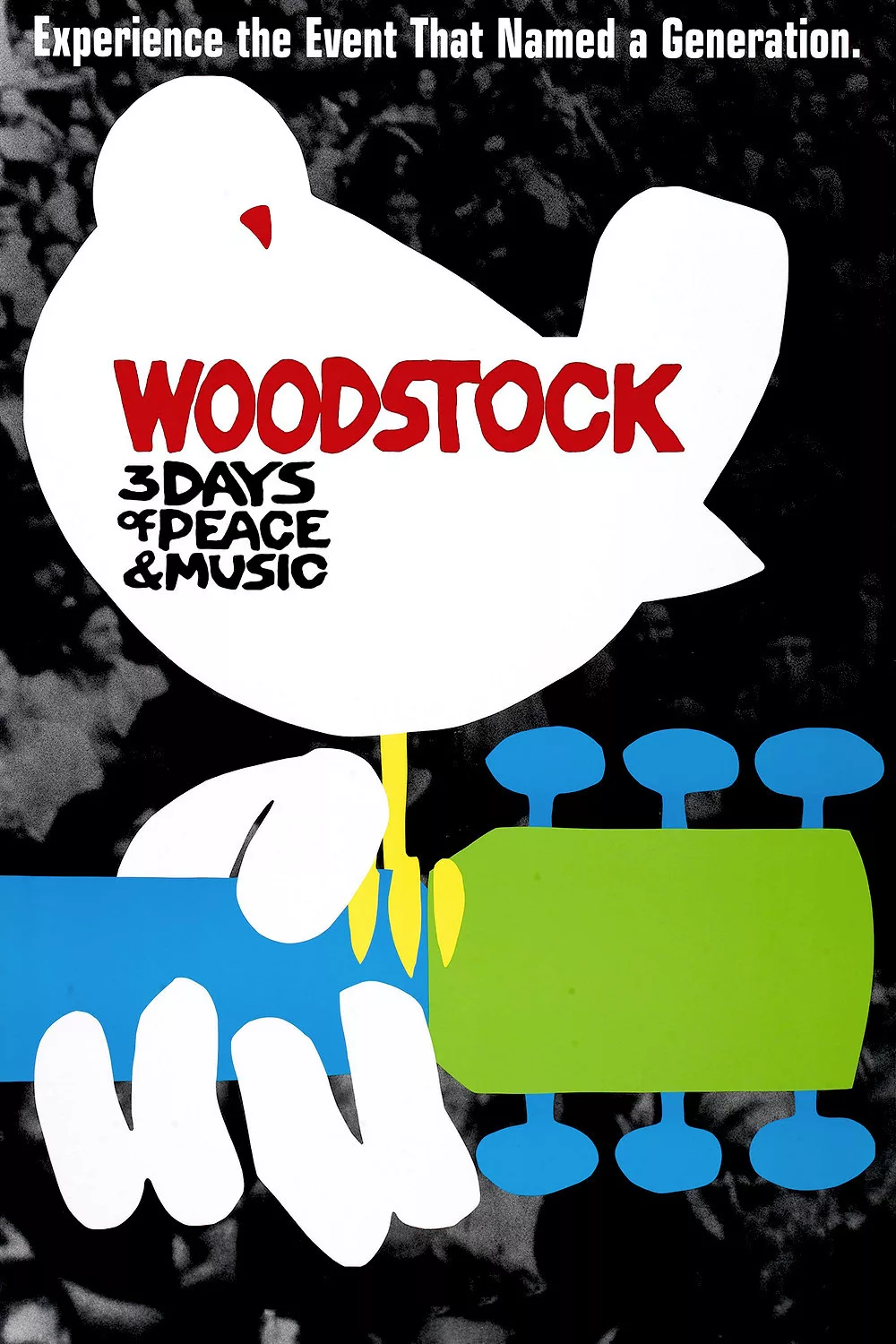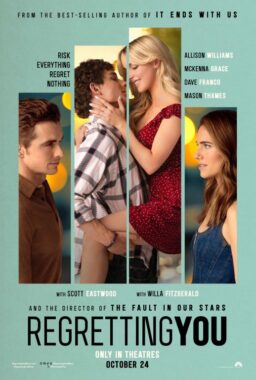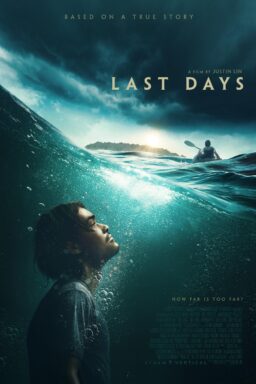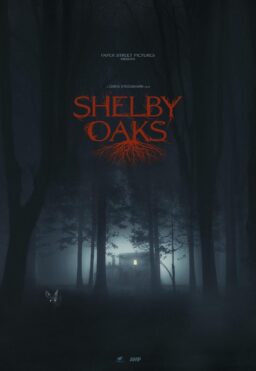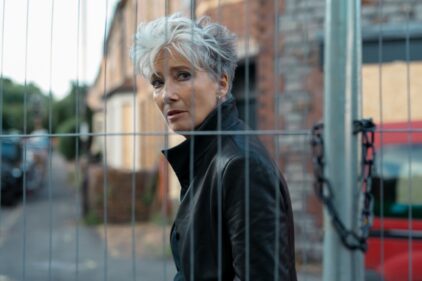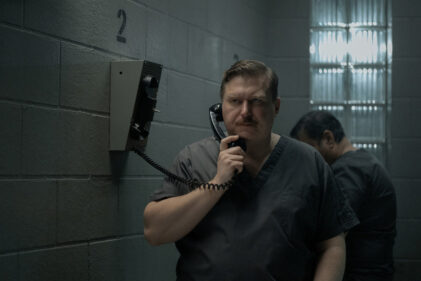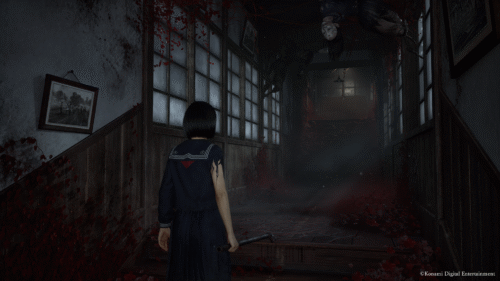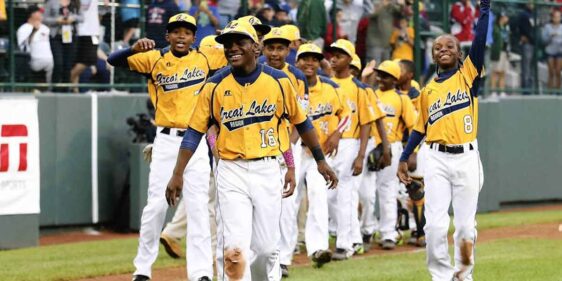Defense attorney: “Where do you live?”
Abbie Hoffman: “I live in Woodstock nation.”
Defense Attorney: “Will you tell the court and the jury where it is?
Abbie Hoffman: “Yes, it is a nation of alienated young people. We carry it around with us as a state of mind, in the same way the Sioux Indians carry the Sioux nation with them….”
Michael Wadleigh’s “Woodstock” is an archeological study of that nation, which existed for three days a year ago. Because of this movie, the Woodstock state of mind now has its own history, folklore, myth. In terms of evoking the style and feel of a mass historical event, “Woodstock” may be the best documentary ever made in America. But don’t see it for that reason; see it because it is so good to see.
It has a lot of music in it, photographed in an incredible intimacy with the performers, but it’s not by any means only a rock-music movie. It’s a documentary about the highs and lows of the society that formed itself briefly at Woodstock before moving on. It covers that civilization completely, showing how the musicians sang to it and the Hog Farm fed it and the Port-O-San man provided it with toilet facilities.
And it shows how 400,000 young people formed the third largest city in New York State, and ran it for a weekend with no violence and no hassles, and with a spirit of informal co-operation. The spirit survived even though Woodstock was declared a “disaster area,” and a thunderstorm soaked everyone to the skin, and the food ran out. But you know all that.
The remarkable thing about Wadleigh’s film is that it succeeds so completely in making us feel how it must have been to be there. It does that to the limits that a movie can. One local column complained that “Woodstock” was fun but didn’t really recreate the actual experience.
Well, that would have taken a film three days long, and an audience of 400,000, and rain showers inside the State-Lake Theater, and even then it would only have been a movie. People who go to movies looking for the “real thing” are looking for the wrong thing. They should go looking instead, for a real movie.
“Woodstock” does what all good documentaries do. It is a bringer of news. It reports, it shows, it records and it interprets. It gives us maybe 60 percent music and 40 per cent on the people who were there, and that is a good ratio, I think. The music is very much part of the event, especially since Wadleigh and his editors have allowed each performer’s set to grow and build and double back on itself without interference.
That is what rock music in concert is all about, as I understand it. Rock on records is another matter, usually, but in the free form of a concert like Woodstock, the whole point is that the performers and their audience are into a back-and-forth thing from which a totally new performance can emerge.
We get that feeling from Jimi Hendrix when he improvises a guitar arrangement of “The Star Spangled Banner,” rockets bursting in the air and all. We get it from Country Joe, poker-faced, leading the crowd through the anti-Vietnam “I Feel Like I’m Fixin’ to Die Rag.” We get it in the rauncy 1950s vulgarity of Sha-Na-Na doing a tighty choreographed version of “At the Hop.” And we get it so strongly that some kind of strange sensation inhabits our spine, when Joe Cocker and everybody else in the whole Woodstock nation sings “With a Little Help from My Friends.”
This sort of participation can happen at a live concert, and often enough it does. But it is hard to get on film, harder than it looks. By way of comparison, you may want to drop in at the Festival theater this week and see the documentary “Festival,” made at Newport a couple of years ago. A lot of the same performers were there, doing some of the same things, but “Festival” is a record of their performances. You don’t get the feeling that the camermen and editor are participating.
You do in “Woodstock,” maybe because Wadleigh’s crew understood the music better and had the resources to shoot 120 miles of film with 16 cameras. This gave them miles and hours of film to throw away, but it also gave them a choice when they got into the editing room. They weren’t stuck with one camera pointed at on a performer; they could cut to reaction shots, to multiple images, to simultaneous close-ups when two members of a band did a mutual improvisation.
And of course they always had the option of remaining simple, even shy, when the material called for it. One of the most moving moments in the fiilm, for me, is Joan Baez singing the old Wobbly song “Joe Hill,” and then rapping about her husband David, and then putting down the guitar and singing “Swing Low, Sweet Chariot,” with that voice which is surely the purest and sweetest of our generation. Wadleigh and company had the integrity to let her just sing it. No tricks. No fancy camera angles. Just Joan Baez all alone on an enormous, pitch-black screen.
But then when the occasion warrants it, they let everything hang out. When Santana gets into their intricate rhythm thing, Wadleigh goes to a triple-screen and frames the drummer with two bongo players. All in synchronized sound (which is not anywhere near as easy as it sounds under outdoor concert conditions). And the editing rhythm follows the tense, driving Santana lead. The thing about this movie, somehow, is that the people who made it were right there, right on top of what the performers were doing.
Watch, for example, the way Richie Havens is handled. He is supposed to be more or less a folk singer — a powerful one, but still within the realm of folk and not rock. So you would think maybe he’d seem slightly less there than the hard-rock people? Not at all, because Wadleigh’s crew went after the power in Havens’ performance, and when they got it they stuck so close to it visually that in his second song, “Freedom,” we get moved by folk in the way we ordinarily expect to be moved by rock.
We see Havens backstage, tired, even a little down. Then he starts singing, and we don’t see his face again, but his thumb on the guitar strings, punishing them. And then (in an unbroken shot) down to his foot in a sandal, pounding with the beat, and then the fingers, and then the foot, and only then the face, and now this is a totally transofrmed Richie Havens, and we are so close to him, we see he doesn’t have any upper teeth. No that it matters; but we don’t usually get that close to anybody in a movie.
Moving along with the music, paralleling it sometimes on a split screen, are the more traditionally documentary aspects of “Woodstock.” There are the townspeople, split between those who are mean and ordinary and closed off, and those like the man who says, “Kids are hungry, you gotta feed ’em. Right?” And the farmer who make his land available. And kids skinny-dipping, and turning on, and eating and sleeping.
Wadleigh never forces this material. His movie is curiously objective, in fact. Not neutral; he’s clearly with the kids. But objective; showing what’s there without getting himself in the way, so that the experience comes through directly.
With all that film to choose from in the editing room, he was able to give us dozens of tiny unrehearsed moments that sum up the Woodstock feeling. The skinny-dipping, for example, is free and unself-conscious, and we can see that. But how good it is to see that kid sitting on a stump in the water and turning to the camera and saying, “Man, a year ago I never would have believed this was the way to swim. But, man, this IS the way to swim.”
Some mention should be made, I suppose, of Wadleight’s use of the split screen. Multiple images became popular after Expo ’67, and commercial directors tried it with rather dreary results in movies like “The Boston Strangler” and “The Thomas Crown Affair.” It didn’t seem to work, maybe because the split screen is distracting in a fiction film that has to tell a story.
But in “Woodstock” it’s used in other ways: as counterpoint, as ironic commentary, sometimes even just as a pleasant trip. It allows us to see the same rock group from several different pints of view, for example. It allows Wadleigh to advance the narrative of his film by showing the sky clouding up on one screen, while people hold down canvas on another. This is smoother, more simultaneous, than an orthodox style of cutting back and forth.
What you’re left with finally, though, are the people. I almost said the “kids,” but that wouldn’t include the friendly chief of police, or the farmer, or Hugh Romney from the Hog Farm (“Folks, we’re planning breakfast in bed for 400,000 people”), or the Port-O-San man, or the townspeople who took carloads of food to the park.
Wadleigh and his team (see the credits, please, for the names of the others who helped bring “Woodstock” together) have recorded all the levels. The children. The dogs (who were allowed ro run loose in this nation). The freaks and the straights. The people of religion (Swami Ji and three nuns giving the peace sign). The cops (eating popsicles). The Army (dropping blankets, food and flowers from helicopters). “Woodstock” is a beautiful, complete, moving, ultimately great film, and years from now when our generation is attacked for being just as uptight as all the rest of the generations, it will be good to have this movie around to show that, just for a weekend anyway, that wasn’t altogether the case.



